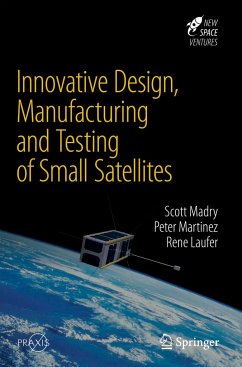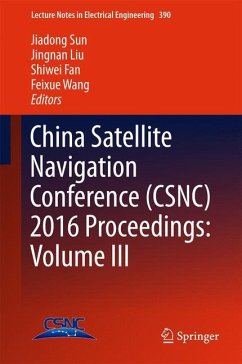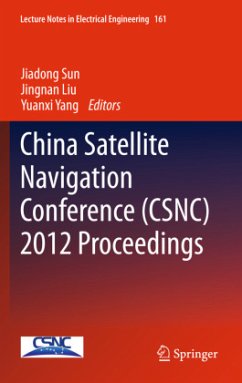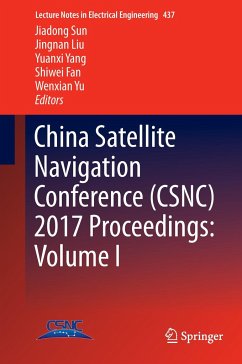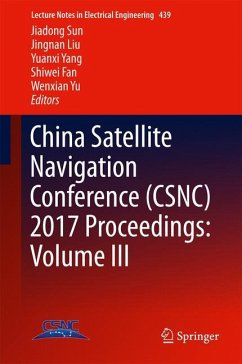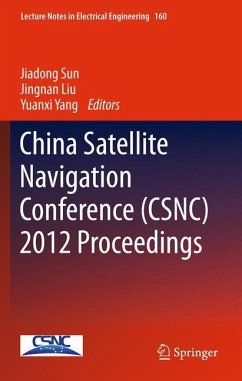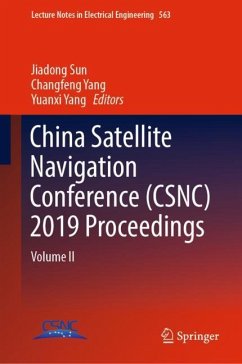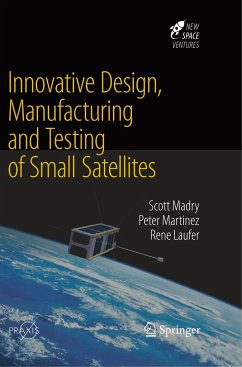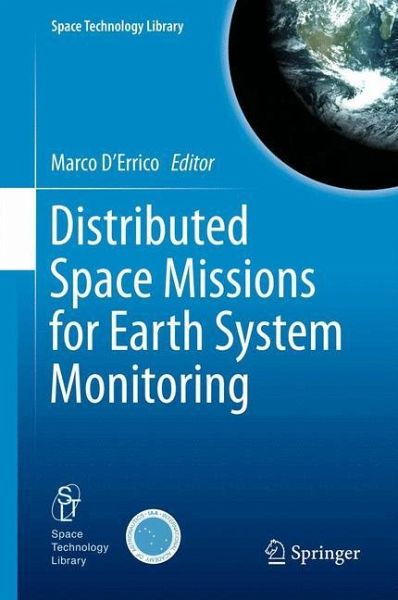
Distributed Space Missions for Earth System Monitoring

PAYBACK Punkte
114 °P sammeln!
A key addition to Springer's Space Technology Library series, this edited volume features the work of dozens of authors and offers a wealth of perspectives on distributed Earth observation missions. In sum, it is an eloquent synthesis of the fullest possible range of current approaches to a fast-developing field characterized by growing membership of the 'space club' to include nations formerly regarded as part of the Third World.The volume's four discrete sections focus on the topic's various aspects, including the key theoretical and technical issues arising from the division of payloads ont...
A key addition to Springer's Space Technology Library series, this edited volume features the work of dozens of authors and offers a wealth of perspectives on distributed Earth observation missions. In sum, it is an eloquent synthesis of the fullest possible range of current approaches to a fast-developing field characterized by growing membership of the 'space club' to include nations formerly regarded as part of the Third World.
The volume's four discrete sections focus on the topic's various aspects, including the key theoretical and technical issues arising from the division of payloads onto different satellites. The first is devoted to analyzing distributed synthetic aperture radars, with bi- and multi-static radars receiving separate treatment. This is followed by a full discussion of relative dynamics, guidance, navigation and control. Here, the separate topics of design; establishment, maintenance and control; and measurements are developed with relative trajectory as a reference point, while the discussion of metrology considers the differing approaches using GPS radio frequencies, and optics. The book's third section deals with the technological challenges facing distributed space missions, which includes the impacts of distributed approaches on autonomy, navigation and communications (both space-to-space and space-to-ground). The final section examines data on, and studies of, missions deploying a distributed methodology, and assesses the extent to which the latter has become normative. Here, examples include radar missions such as Tandem X, gravimetric missions including Grace, and missions such as PRISMA, whose purpose is to deploy and test new technology. With a final chapter summarizing the authors' opinions on future trends, potential and risk in distributed space missions, this new publication is the most comprehensive treatment yet compiled of the field.
The volume's four discrete sections focus on the topic's various aspects, including the key theoretical and technical issues arising from the division of payloads onto different satellites. The first is devoted to analyzing distributed synthetic aperture radars, with bi- and multi-static radars receiving separate treatment. This is followed by a full discussion of relative dynamics, guidance, navigation and control. Here, the separate topics of design; establishment, maintenance and control; and measurements are developed with relative trajectory as a reference point, while the discussion of metrology considers the differing approaches using GPS radio frequencies, and optics. The book's third section deals with the technological challenges facing distributed space missions, which includes the impacts of distributed approaches on autonomy, navigation and communications (both space-to-space and space-to-ground). The final section examines data on, and studies of, missions deploying a distributed methodology, and assesses the extent to which the latter has become normative. Here, examples include radar missions such as Tandem X, gravimetric missions including Grace, and missions such as PRISMA, whose purpose is to deploy and test new technology. With a final chapter summarizing the authors' opinions on future trends, potential and risk in distributed space missions, this new publication is the most comprehensive treatment yet compiled of the field.





